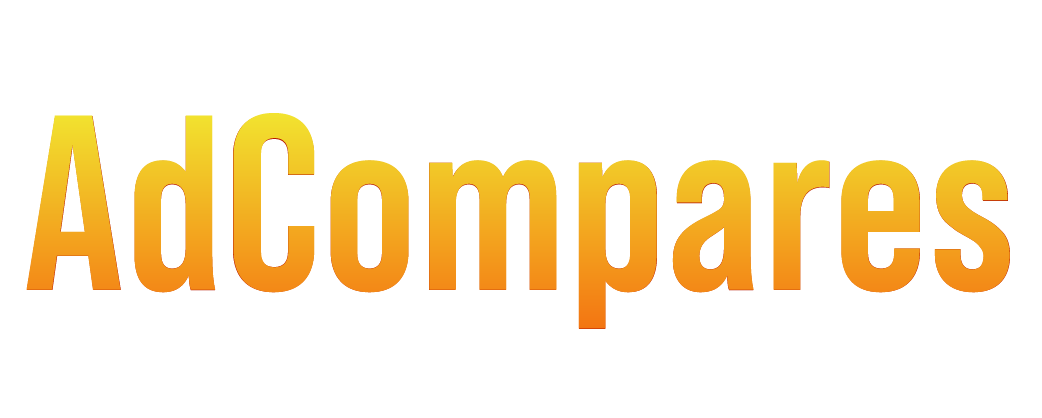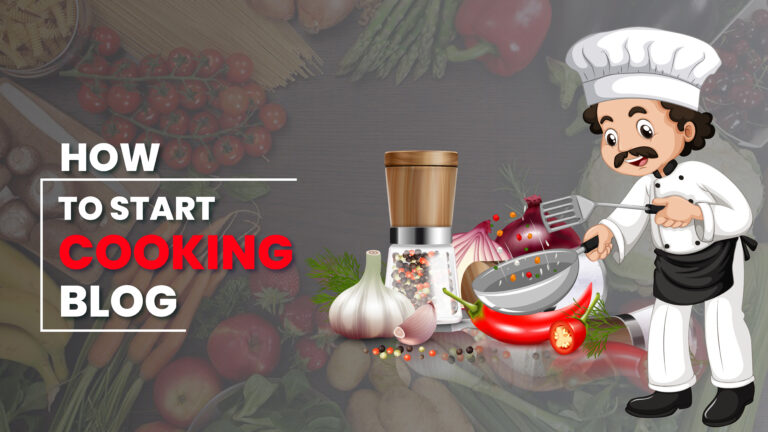To start a delicious cooking blog, one must focus on key elements like content creation, audience engagement, and effective marketing strategies. This comprehensive guide details essential steps and considerations.
How to Start a Cooking Blog (Easy Steps)
Define Your Niche
To define your niche, identify a specific cooking area. Cooking areas include baking, vegetarian meals, quick recipes, or international cuisine. A focused niche attracts a targeted audience. It creates a unique identity in the vast cooking blog landscape.
Choose a Blogging Platform
To choose a blogging platform, select a user-friendly option. WordPress is popular due to its flexibility and extensive features. Platforms like Wix and Squarespace offer easy drag-and-drop interfaces. Assess your technical skills and choose accordingly.
Select a Domain Name
To select a domain name, choose a name that reflects your niche. A catchy, memorable domain aids in brand recognition. Ensure the name is easy to spell and pronounce. Use domain registration sites like GoDaddy or Namecheap to check availability.
Set Up Your Blog
To set up your blog, follow the chosen platform’s instructions. Install necessary plugins for functionality and SEO. Optimize your blog’s design for user experience. Ensure your blog is mobile-responsive and easy to navigate.
Create Quality Content
To create quality content, focus on originality and usefulness. Share detailed recipes with clear instructions and ingredient lists. Incorporate high-quality images that showcase your dishes. Consider video content to enhance engagement.
Use SEO Best Practices
To use SEO best practices, conduct keyword research using tools like Google Keyword Planner. Include relevant keywords naturally in your posts. Optimize meta descriptions, titles, and alt text for images. This boosts visibility in search engine results.
Craft Engaging Headlines
To craft engaging headlines, focus on clarity and intrigue. Use action verbs and highlight the benefit of your content. For example, “Master Easy Weeknight Dinners in Under 30 Minutes” attracts readers’ attention.
Promote Your Blog
To promote your blog, utilize social media platforms like Instagram and Pinterest. Share your content consistently and interact with your audience. Collaborate with other bloggers and engage in cooking communities. This fosters a sense of community around your blog.
Engage With Your Audience
To engage with your audience, respond to comments and messages promptly. Create polls or questions to encourage interaction. Utilize email marketing to build a subscriber list. Offer exclusive content or promotions to subscribers.
Monetize Your Blog
To monetize your blog, explore various methods. Affiliate marketing, sponsored posts, and ad placements generate income. Join affiliate programs related to cooking products, kitchenware, or food delivery services. This provides passive income opportunities.
Explore Merchandise
To explore merchandise, consider selling branded products like cookbooks, kitchen tools, or meal kits. This diversifies income streams and enhances brand recognition. Utilize platforms like Etsy or Shopify for selling merchandise.
Analyze Your Performance
To analyze your performance, use tools like Google Analytics. Monitor website traffic, user behavior, and conversion rates. Adjust your strategies based on data insights to improve engagement and reach.
Stay Updated with Trends
To stay updated with trends, follow popular cooking blogs and industry news. Attend webinars or cooking workshops. This keeps your content fresh and relevant, appealing to your audience’s changing preferences.
Conclusion
Starting a delicious cooking blog requires careful planning and execution. Define your niche, choose the right platform, and create engaging content. Promote your blog and engage with your audience. Monetize through various methods and analyze your performance. Stay updated with trends to ensure long-term success.
Frequently Asked Questions (FAQs)
How do I choose a niche for my cooking blog?
To choose a niche, identify your cooking interests and skills. Consider areas like baking, healthy eating, or ethnic cuisines.
What platform is best for a cooking blog?
WordPress is widely recommended for its flexibility and features. Other options include Wix and Squarespace for easier setups.
How often should I post on my cooking blog?
Aim to post consistently. A schedule of once a week or biweekly keeps your audience engaged.
How can I grow my cooking blog audience?
To grow your audience, utilize social media, engage with your readers, and collaborate with other food bloggers.
What are effective monetization strategies for cooking blogs?
Effective monetization strategies include affiliate marketing, sponsored content, and selling merchandise related to your brand.

